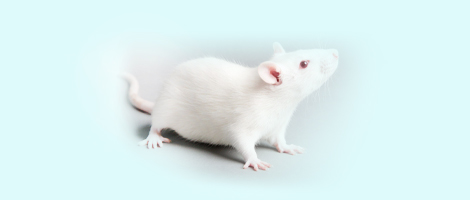[1] Fugmann SD, Lee AI, Shockett PE, et al.The RAG proteins and V(D)J recombination: complexes, ends, and transposition[J]. Annu Rev Immunol, 2000,18(1):495-527.
[2] Fugmann SD.RAG1 and RAG2 in V(D)J recombination and transposition[J]. Immunol Res, 2001, 23(1):23-39.
[3] Oettinger MA.Activation of V(D)J recombination by RAG1 and RAG2[J]. Trends Genet, 1992, 8(12):413-416.
[4] Schatz DG, Oettinger MA, Baltimore D. The V(D)J recombination activating gene, RAG-1[J]. Cell, 1989, 59(6):1035-1048.
[5] Agrawal A, Schatz DG.RAG1 and RAG2 form a stable postcleavage synaptic complex with DNA containing signal ends in V(D)J recombination[J]. Cell, 1997, 89(1):43-53.
[6] Ru H, Chambers MG, Fu TM, et al.Molecular mechanism of V(D)J recombination from synaptic RAG1-RAG2 complex structures[J]. Cell, 2015, 163(5):1138-1152.
[7] Wilson A, Held W, MacDonald HR. Two waves of recombinase gene expression in developing thymocytes[J]. J Exp Med,1994, 179(5):1355-1360.
[8] Yu W, Nagaoka H, Jankovic M, et al.Continued RAG expression in late stages of B cell development and no apparent re-induction after immunization[J]. Nature,1999, 400(6745):682-687.
[9] Shaw AC, Swat W, Ferrini R, et al.Activated Ras signals developmental progression of recombinase-activating gene (RAG)-deficient pro-B lymphocytes[J]. J Exp Med, 1999,189(1):123-129.
[10] Corneo B, Moshous D, Gungor T, et al.Identical mutations in RAG1 or RAG2 genes leading to defective V(D)J recombinase activity can cause either T-B-severe combined immune deficiency or Omenn syndrome[J]. Blood, 2001, 97(9):2772-2776.
[11] Mombaerts P, Iacomini J, Johnson RS, et al.RAG-1-deficient mice have no mature B and T lymphocytes[J]. Cell, 1992, 68(5):869-877.
[12] Shinkai Y, Rathbun G, Lam KP, et al.RAG-2-deficient mice lack mature lymphocytes owing to inability to initiate V(D) J rearrangement[J]. Cell, 1992, 68(5):855-867.
[13] Bentzien F, Struman I, Martini JF, et al.Expression of the antiangiogenic factor 16K hPRL in human HCT116 colon cancer cells inhibits tumor growth in Rag1(-/-) mice[J]. Cancer Res, 2001, 61(19):7356-7362.
[14] Shultz LD, Goodwin N, Ishikawa F, et al.Human cancer growth and therapy in NOD/SCID/IL2Rynull(NSG) mice[J]. Cold Spring Harb Protoc, 2014, 7(1):694-708.
[15] Naugler WE, Tarlow BD, Fedorov LM, et al.Fibroblast growth factor signaling controls liver size in mice with humanized livers[J]. Gastroenterology, 2015, 149(3):728-740.
[16] Christa TR, Andre F, Christian F, et al.Composition of intestinal microbiota in immune-deficient mice kept in three different housing conditions[J]. PLoS One, 2014, 9(11): e113406.
[17] Seymour RL, Adams AP, Leal G, et al.A rodent model of Chikungunya virus infection in RAG1-/- mice, with features of persistence, for vaccine safety evaluation[J]. PLoS One, 2015,6(26):e0003800. |






